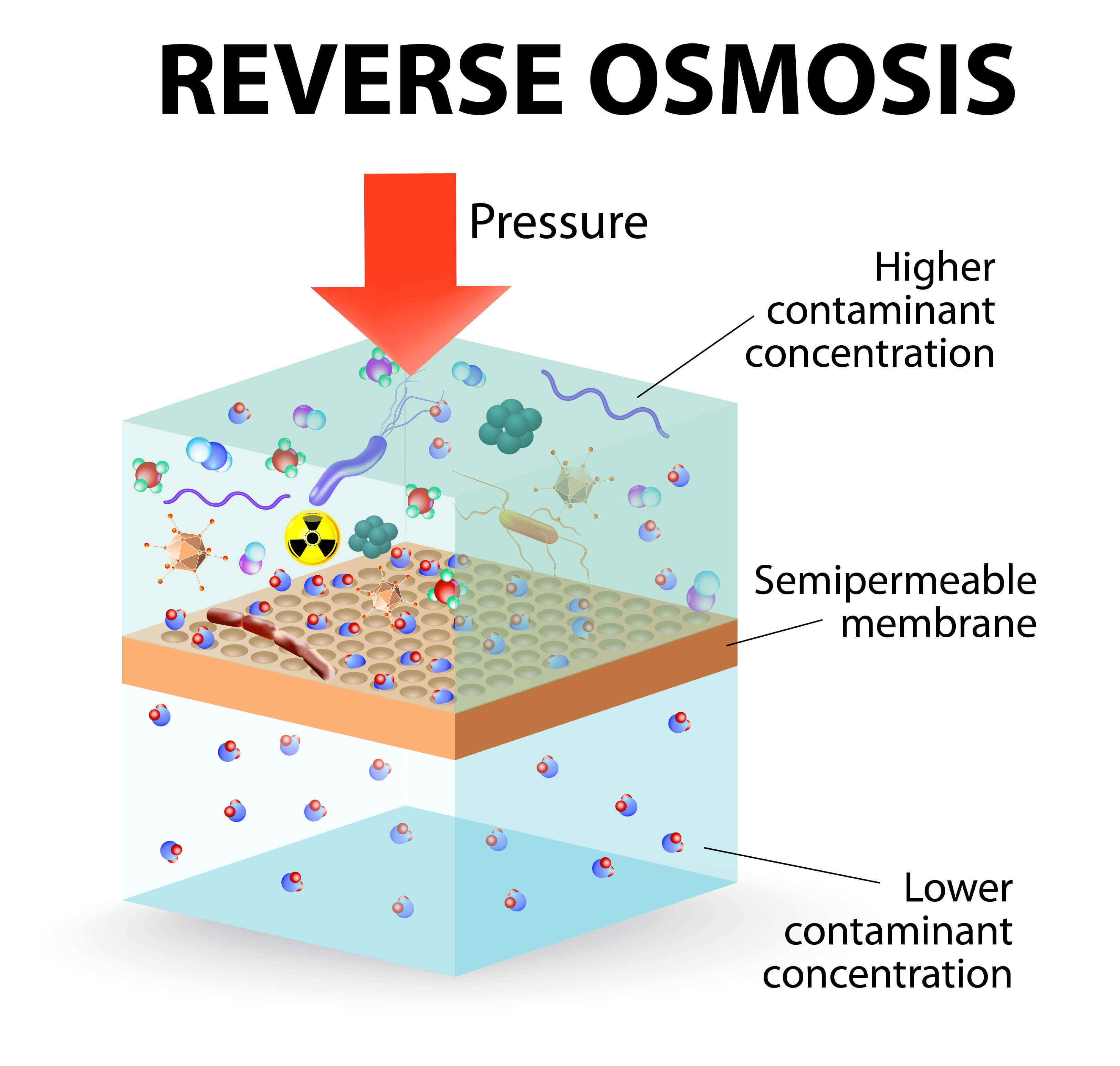Object:
To demonstrate the process of osmosis.
Requirement:
One big beaker or flask, one thistle funnel, strong cane sugar solution, pure water, semipermeable membrane (cellophane), one piece of gummed paper, wax, etc.
Principle:
“Osmosis is a process in which water or any other solvent flows through a semipermeable membrane from a lower concentrated solute solution to one of higher concentrated solute solution”.
ADVERTISEMENTS:
It is simply a case of diffusion, but the movement of solvent usually causes an obvious volume change, whereas the movement of solute has a negligible effect.
Procedure:
Take a thistle funnel and the piece of a semipermeable membrane is tied tightly across the button of the thistle funnel and the joint is waxed with melted wax to make it water-tight.
Now fill up the bowl of thistle funnel with strong solution of sugar and marked the upper level of the sugar solution on the outside of the thistle funnel by a piece of gummed paper stuck at that level.
ADVERTISEMENTS:
Now this sugar solution contained in the thistle funnel is stood in a beaker containing pure water with the help of some stand. This entire apparatus is put aside for some hours.
Observations:
After some hours it is seen that water from the beaker has entered the thistle funnel with the result the solution in the thistle funnel has increased in its volume and rises in the thistle funnel, wellbeyond the original mark.
This level of sugar solution in thistle funnel keeps rising till the osmotic equilibrium is attained.
On attaining the osmotic equilibrium the same number of water molecules passes across the membrane in both directions.
Inference:
ADVERTISEMENTS:
The rise in volume of sugar solution in the thistle funnel is due to passing of water molecules from the beaker containing pure water of low concentration.
The sugar molecules do not pass into the beaker because of semi permeable membrane. Thus this experiment demonstrates the process of osmosis.
Precautions:
The membrane to be taken for the experiment should be semipermeable, i.e., the water passes freely through it in either direction but not the solute such as sugar.

